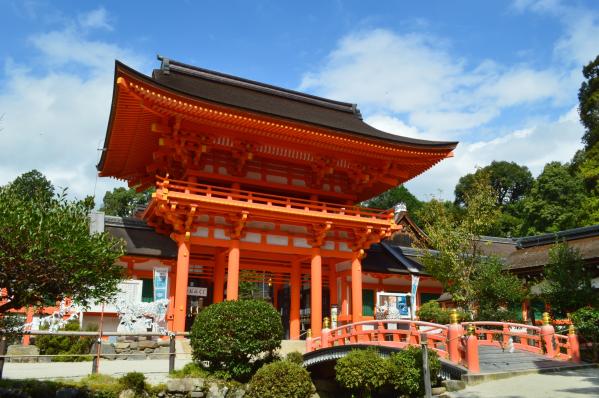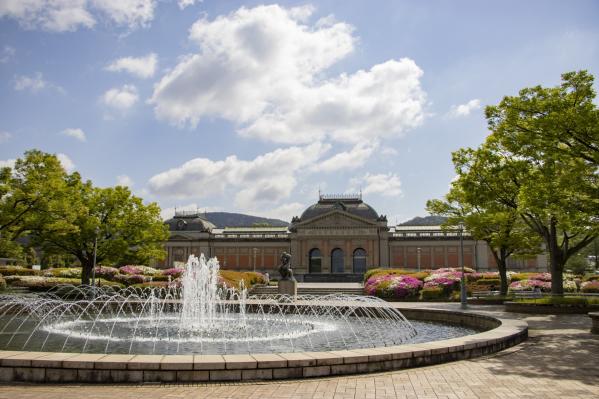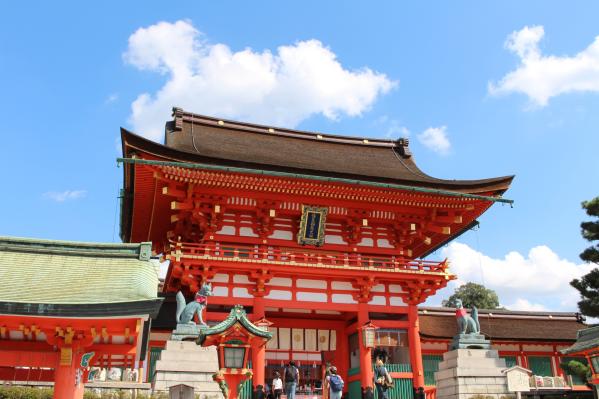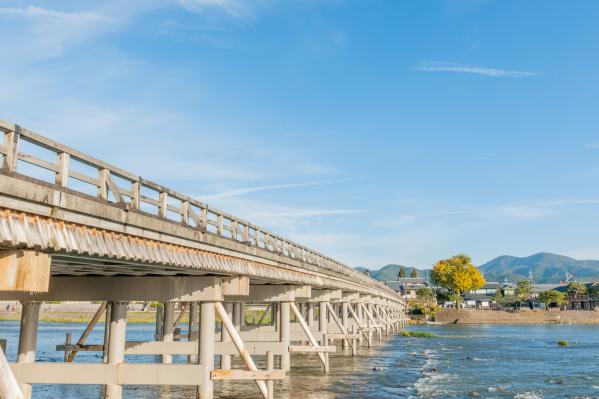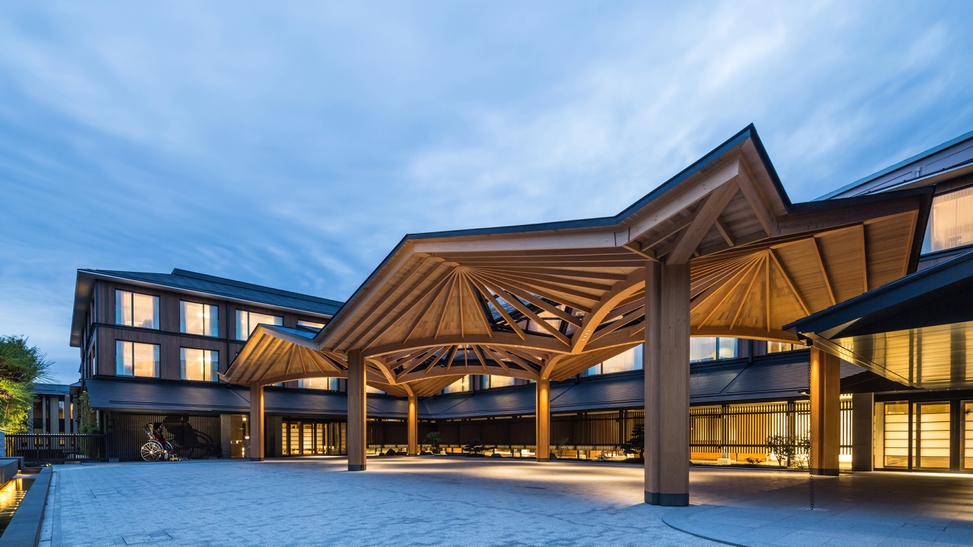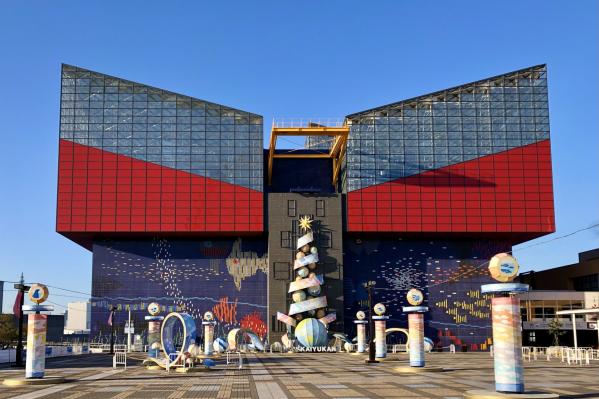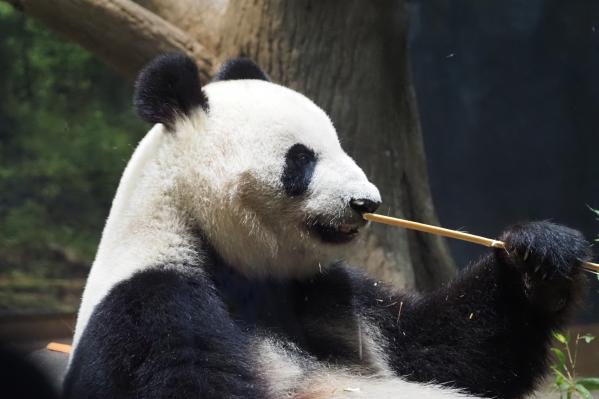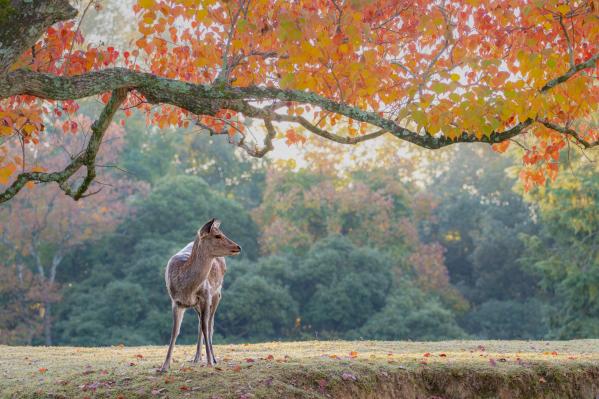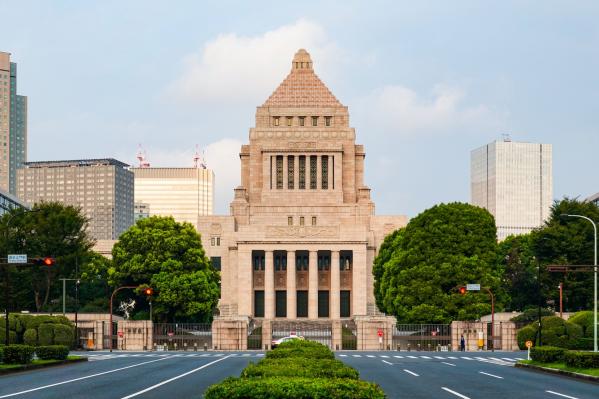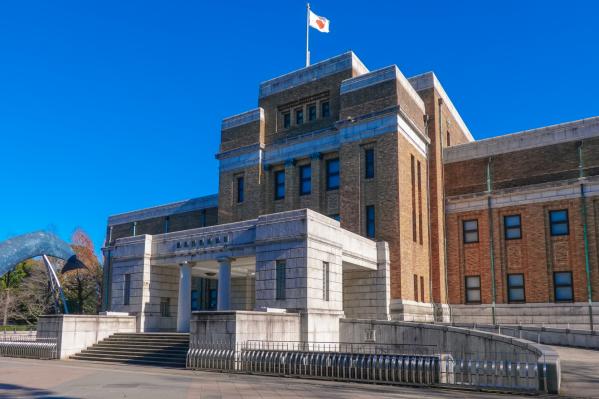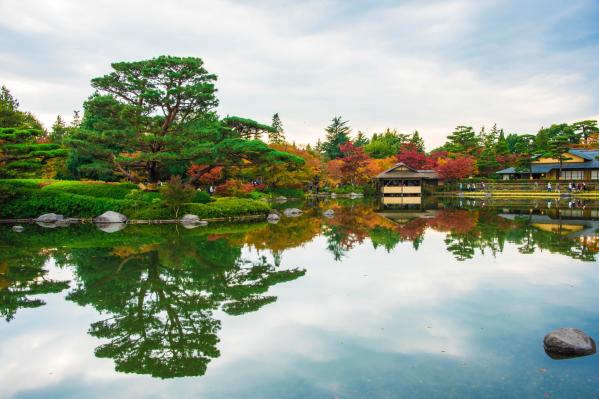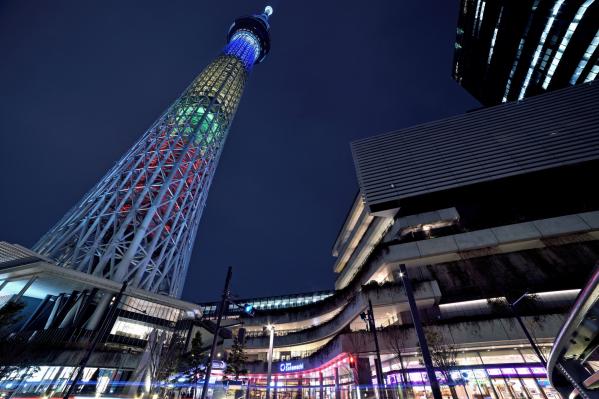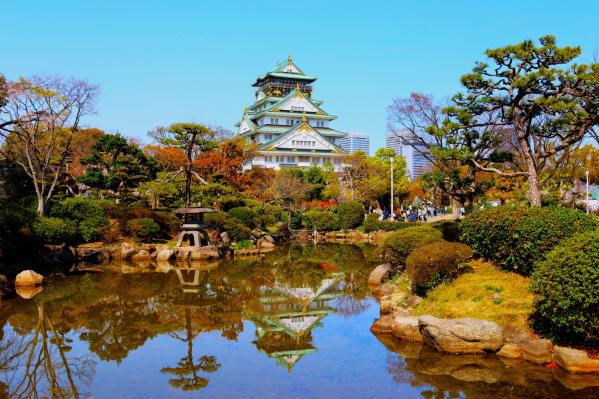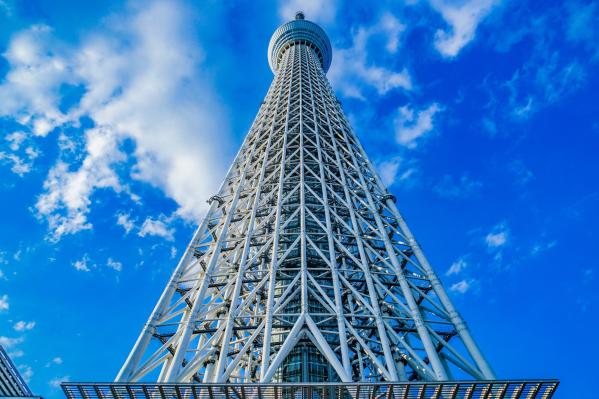
Sanjusangen-do Temple
The main hall houses a seated statue of Senju Kannon, along with 1,001 standing statues of Senju Kannon. All of these are also designated as national treasures, and in 2018, statues that had been on loan to the National Museum were returned to the main hall. Additionally, the statues of the 28 Buddhas and those of the wind and thunder gods are recognized as masterpieces from the Kamakura period and are designated as national treasures.
Sanjusangendo is also known for its cultural events, particularly the "Otaimatsu Taikai" held in mid-January, which is very famous. This archery competition, which has continued since the Edo period, features new adults participating in traditional attire, and has become a widely cherished New Year tradition.
The temple grounds include a pond strolling garden established in 2021, the Nandaimon gate built during the Momoyama period, and the Taiko walls, all of which are designated important cultural properties. Thus, Sanjusangendo is loved by many as a treasure trove of history, culture, and art.
Basic Information
- Spot Name
- Sanjusangen-do Temple
- Location
- 〒605-0941 657 Sanjusangendo Mairi, Higashiyama Ward, Kyoto City, Kyoto Prefecture, Japan
- Access
- Get off at the bus stop "Sanjuusangendo-mae."
From Kyoto Station, take city bus lines 100, 206, or 208 for about 10 minutes.
It is approximately a 7-minute walk from Exit 2 of Keihan Electric Railway's "Shichijo Station." - Parking
- Parking available (approximately 50 spaces)
- Business Hours
- Visiting Hours:
April 1 to November 15
8:30 AM to 5:00 PM
November 16 to March 31
9:00 AM to 4:00 PM - Regular Holiday
- Open daily.
- Fees
- General: 600 yen
Junior high and high school students: 400 yen
Elementary school students: 300 yen - Contact Information
- Phone Number: 075-561-0467
- Official Website
Map
Sanjusangen-do Temple Movies
Kyoto Tourist Attractions
View ListKamikamo Shrine
Kamigamo Shrine (Kamo-wake-ikazuchi Shrine) is one of the oldest shrines in Kyoto, dedicated to the god of thunder, Kamo-wake-ikazuchi no Ōkami. The shrine grounds h...
Kyoto National Museum
The Kyoto National Museum was opened in 1897 as the Imperial Kyoto Museum. Located in Kyoto, this museum houses approximately 14,600 artworks and cultural properties...
Fushimi Inari Taisha Shrine
Fushimi Inari Taisha is the head shrine of approximately 30,000 Inari shrines located in Kyoto. It is believed that the deity Inari was enshrined here in the 4th yea...
Togetsukyo Bridge
The Togetsukyo Bridge, which connects Arashiyama and Sagano, is a bridge rich in history and charm, spanning the Katsura River. The first bridge was built by the mon...
To-ji Temple
Toji Temple (official name: Kyo-o Gokokuj), is the only existing structure from the Heian-kyo period and is registered as a UNESCO World Heritage Site. Founded two y...
Kyoto Tower
Kyoto Tower was built as a "major center for industry, culture, and tourism," with the purpose of "contributing to the development of Kyoto City." Completed in the s...
Kifune Shrine
Kifune Shrine is an ancient shrine located in Kibune, Sakyo Ward, Kyoto City, and it is the head shrine of about 500 Kifune Shrines nationwide, dedicated to Takao Ka...









